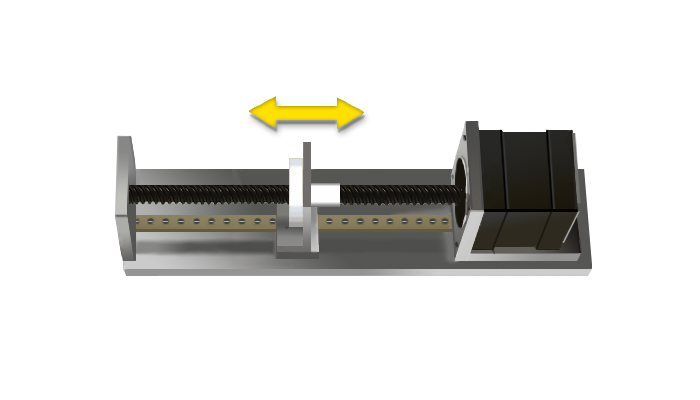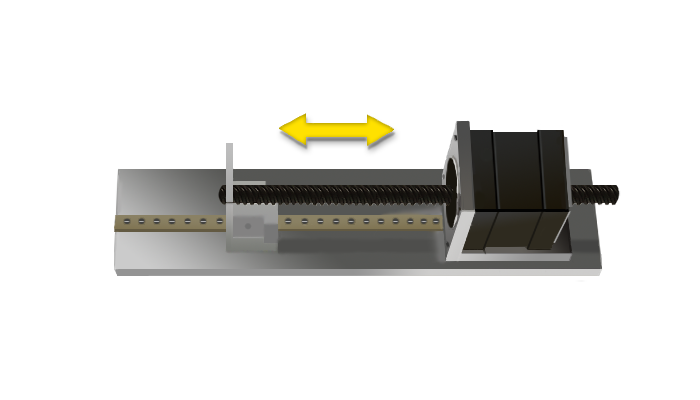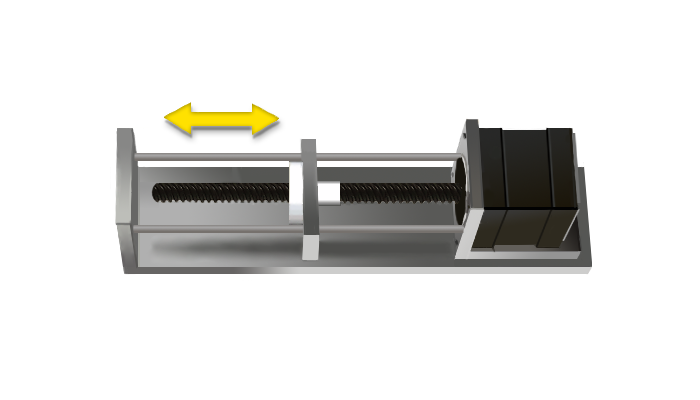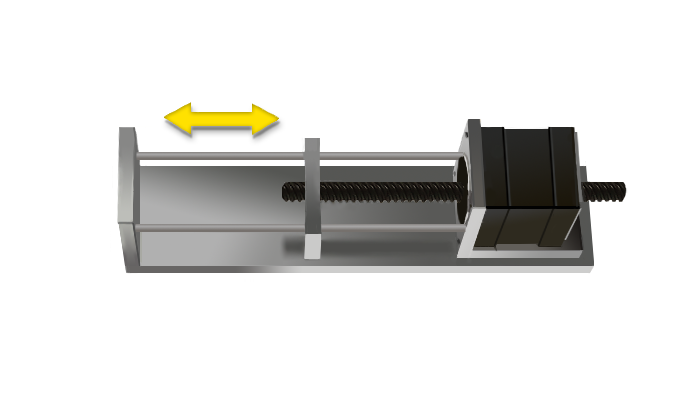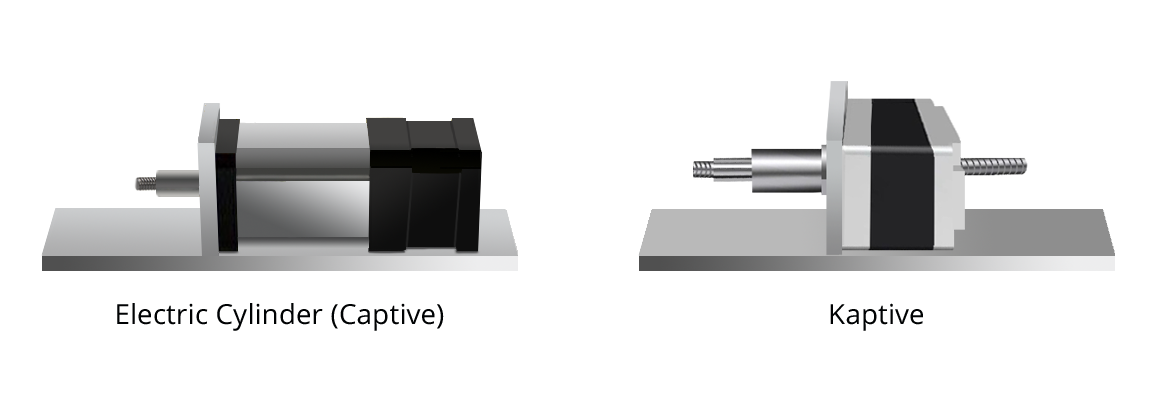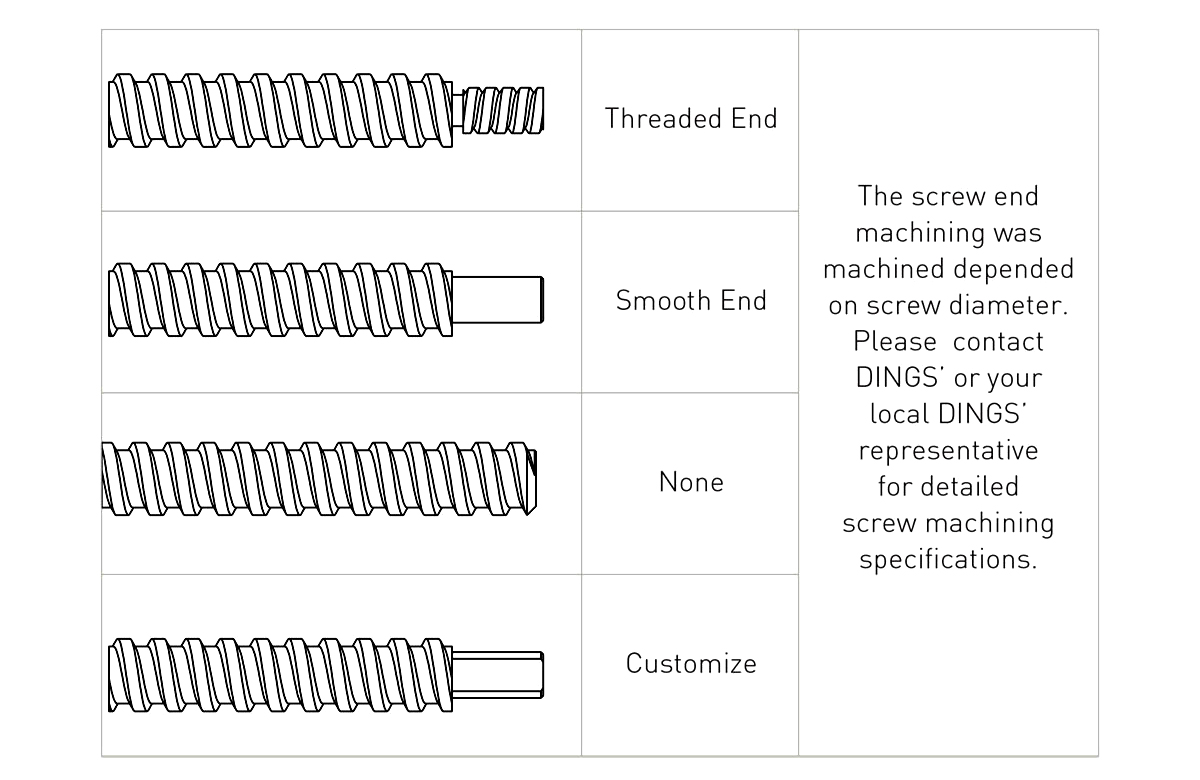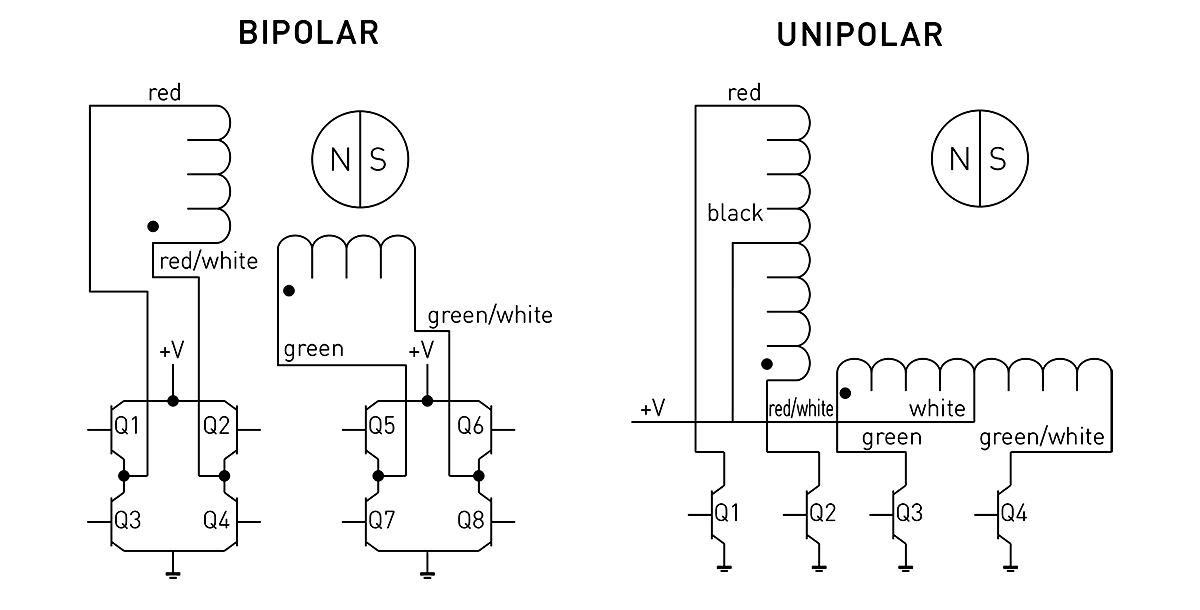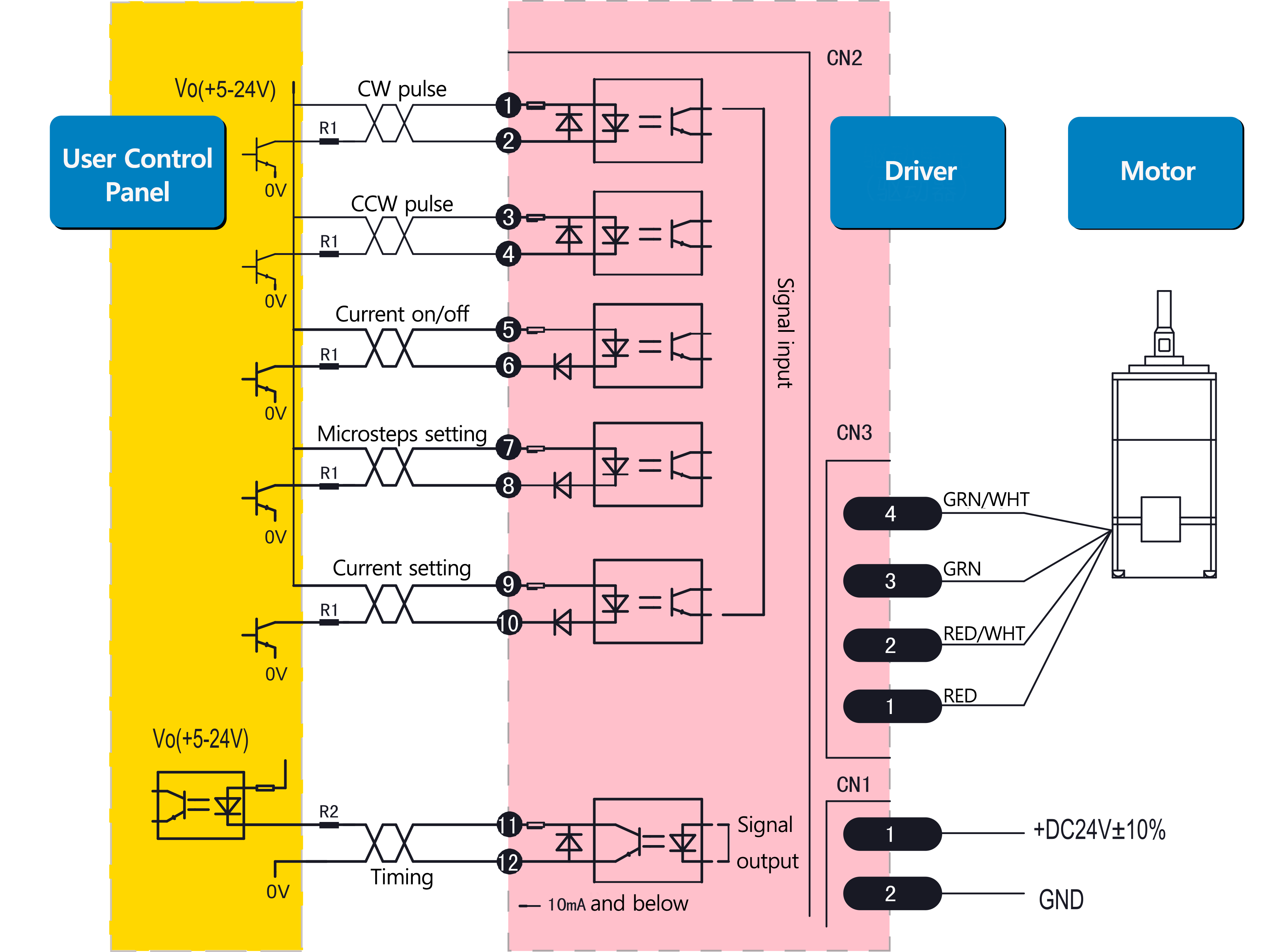| No Running |
Poor Connection |
Re-connection |
| Driver Alarm |
Power Off and Re-boot after checking |
| Actuator stuck |
Remove load, ensure actuator operates smoothly without load |
| Motor winding or insulation damaged |
Contact DINGS' for maintenance |
| Abnormal operation after starting up |
Resonance |
Enhance microsteps to change travel speed |
| Lead Screw Bend |
Contact DINGS' for maintenance |
| Phase Loss |
Contact DINGS' for maintenance |
| Vibration, Noise |
Low-frequency Vibration |
Adjust driver microsteps to change travel speed to avoid resonance |
| Phase Loss |
Contact DINGS' for maintenance |
| Abnormal heating |
Over Current |
Regulate current value to achieve proper rating range |
| Over Supply-voltage |
Reduce supply-voltage |
| Extended period of holding |
The holding current should be halved or adjusted to smaller value |
| Step loss |
Overload on the Load Side |
Reduce load or re-selection |
| No frequency raising or lowering when programming |
When motor starts, it needs to be accelerated from low to high |
| Insufficient thrust |
Driver Failure |
Repair or replace driver |
| Load is too high |
Reduce load or resize actuator |
| Damaged Nut |
Contact DINGS' for maintenance |
| Lead Screw Bend or Runout at the End of Lead Screw |
Damage in Transportation or Improper installation or Improper Operation |
Contact DINGS' for maintenance |
| Other Failures |
|
Contact DINGS' for maintenance |
